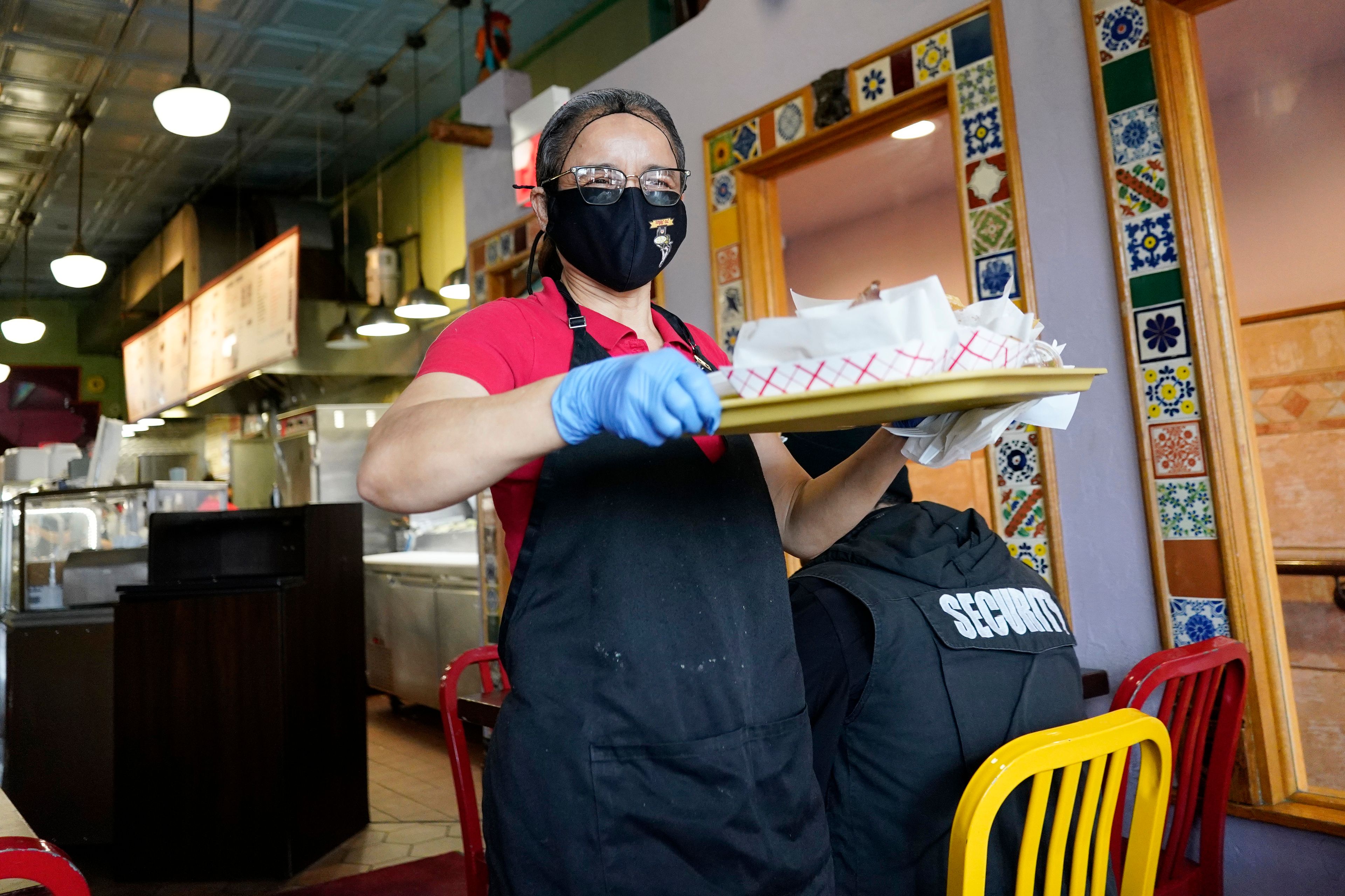More Washington students will be eligible for college financial aid next year
Nearly 15,000 Washington students will be newly eligible to receive federal financial aid money in 2024 under a plan that also expands the federal Pell Grant fund and makes it easier to apply for aid, U.S. Sen. Patty Murray said this month during a virtual news conference.
The financial aid is awarded on a sliding scale based on a family’s income. Unlike loans, grants do not have to be repaid.
It’s unclear how big an increase this will represent because the U.S. Education Department could not say how many Washington students received a Pell Grant in 2022, according to Murray’s office. In 2017-18 — the most recent year for which published statistics were available — 122,418 Washington residents received Pell Grants totaling $484 million.
In addition, about 24,000 Washington students will be eligible for the maximum Pell Grant amount of $7,395 in 2024 as a result of the changes. This year’s maximum award is $6,895.
Murray, who has been working on a rewrite of the financial aid form known by the acronym FAFSA, Free Application for Federal Student Aid, said the changes can be summed up as “less paperwork, more help.” As a member of the Senate’s Health, Education, Labor and Pensions Committee, Murray and former Sen. Lamar Alexander, R-Tenn., worked to rewrite the form over a number of years.
Washington has long lagged the nation in FAFSA completions. For the graduating high school class of 2023, only about 45% of Washington students completed the paperwork, making it 47th among the 50 states. Nationally, about 59% of the class of 2023 completed the form.
“That is a big red flag for our student aid system,” Murray said. “It’s not just that our FAFSA process is working poorly, it’s practically missing the whole point. The FAFSA must be a tool that expands access to higher education, not a barrier that prevents qualified students from getting the financial aid they need to go to college.”
Neither Murray nor Becky Thompson, director of student financial assistance at the Washington Student Achievement Council, had an explanation as to why Washington is so far behind. Murray said the complexity of the form has stymied many families, and Thompson said the state’s low rate of students going to college directly after high school could be a factor. She said the state in recent years has started some new strategies to try to improve FAFSA completion rates.
Usually, the FAFSA opens to applicants Oct. 1. The rewrite has meant a significant delay; according to the U.S. Department of Education, the form will go live by Dec. 31. That’s a worry for many college aid counselors, who say they will be rushed to give students aid award amounts.
“I’ve been pushing the administration as hard as I can to get this out as quickly as possible,” Murray said.
Even though the form isn’t live yet, families who do not already have a student aid ID can still get started on the process by applying for one at studentaid.gov/fsa-id/create-account/launch. It usually takes several days to get an ID. Families that already have an ID do not need to apply for a new one.
The old form had about 100 questions and required parents to dig up their tax returns and enter information manually. With the new form, all of that information is automatically filled in once applicants give consent for the IRS to release the information. The number of questions on the form varies depending on the applicant and the underlying data that’s already available, but for some, it will be fewer than 20 questions and take about 10 minutes to complete, Thompson said.
Applicants who do not have a tax return on file — for example, if they make too little in income for a return to be required — will still be able to apply, Thompson said. The IRS consent question will also be used to verify that a student or parent does not file a return.
Thompson said students who complete a financial aid application are 84% more likely to enroll in postsecondary education, and the rate is even higher for students from lower-income families.
“FAFSA completion has been a very high barrier for many families for far too long,” Thompson said. “The new and simplified FAFSA is a real opportunity. It is not just a simplified form — it will mean more access to more financial aid for many more students.”








